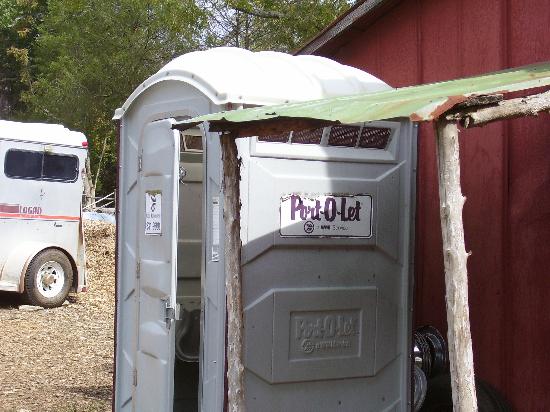MarkH
Line Up and Wait
https://generalaviationnews.com/202...d0U6-NYKUN6Q2H7vIxsphs9NdavB7hqlt5_UJ-Mbklpmo
Reading about it, I am both excited and terrified. On one hand, I would love to have an autopilot in my Yankee, but I would much rather see a good, reasonably priced digital autopilot installed by a professional.
This feels like a product that only exists because of how difficult (and therefor expensive) it is to get autopilots approved.
Having said that, with the limited options available for my Yankee, I would think about buying one.
Reading about it, I am both excited and terrified. On one hand, I would love to have an autopilot in my Yankee, but I would much rather see a good, reasonably priced digital autopilot installed by a professional.
This feels like a product that only exists because of how difficult (and therefor expensive) it is to get autopilots approved.
Having said that, with the limited options available for my Yankee, I would think about buying one.




